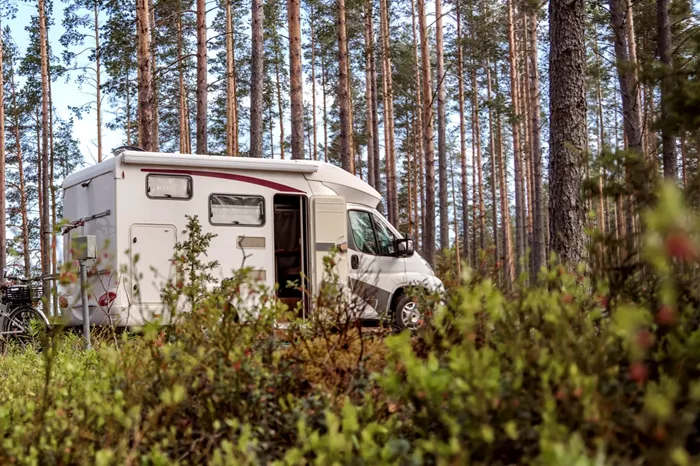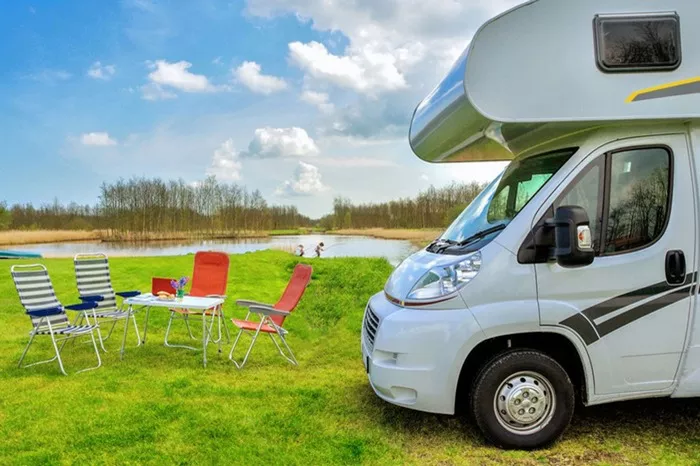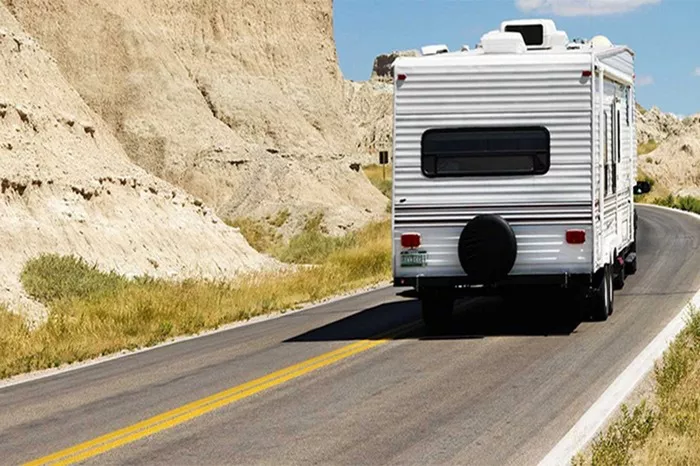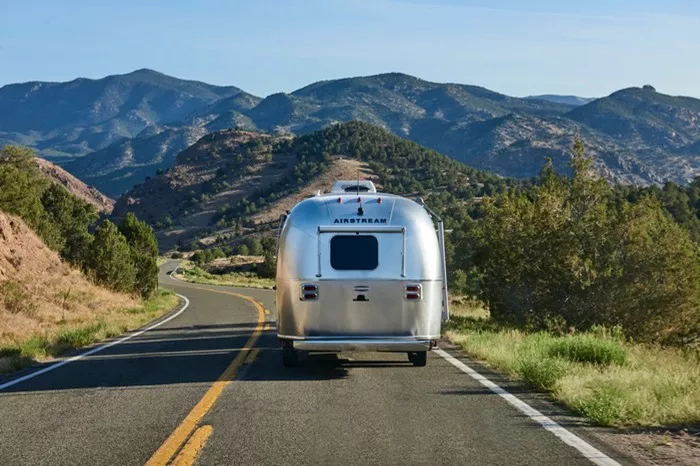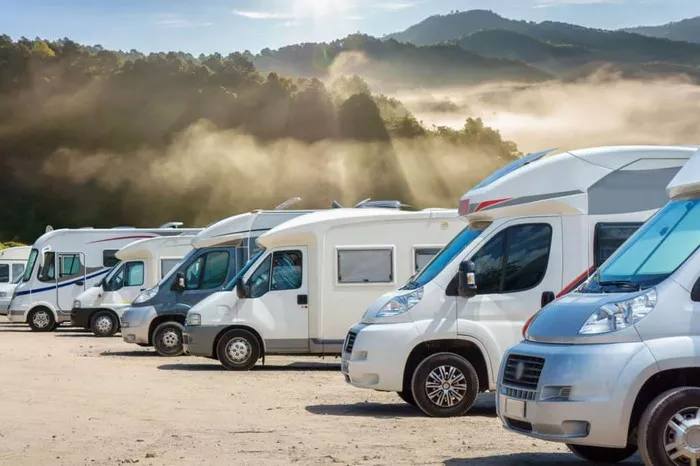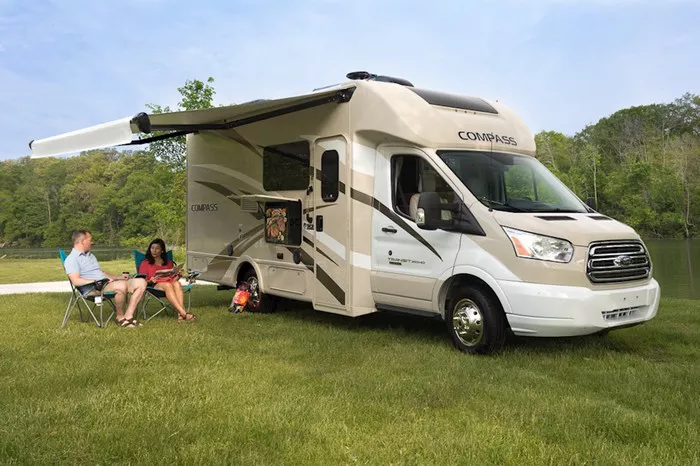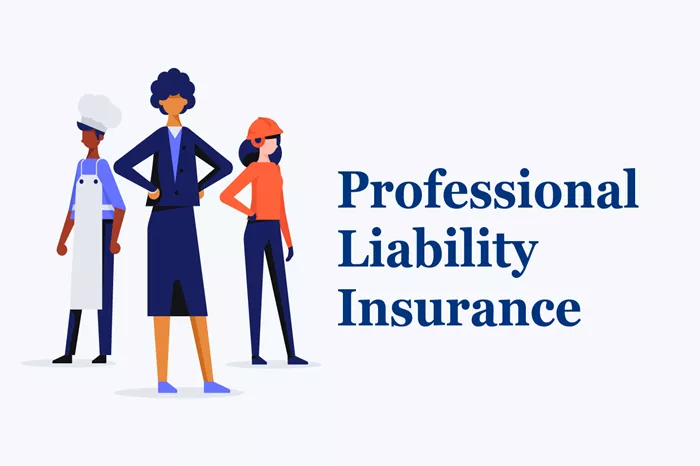When purchasing an RV, one of the most critical decisions involves securing adequate insurance coverage. The cost of full coverage RV insurance is a common concern among RV owners and prospective buyers. This article will provide a detailed look at how much full coverage RV insurance typically costs, the factors that influence its price, and how to manage and potentially reduce your insurance expenses. Understanding these aspects will help you make an informed decision and ensure that you have the right protection for your RV.
What Is Full Coverage RV Insurance?
Full coverage RV insurance encompasses several types of protection to ensure that your RV is covered in a variety of situations. Typically, this includes:
Liability Coverage
Bodily Injury Liability: Covers injuries to others if you’re at fault in an accident.
Property Damage Liability: Covers damages to other people’s property, such as vehicles or structures, if you’re responsible for the accident.
Comprehensive Coverage
Theft: Covers the loss of your RV if it is stolen.
Vandalism: Provides coverage for damages caused by vandalism.
Natural Disasters: Covers damages from events like hurricanes, tornadoes, or floods.
Collision Coverage
Accident Repairs: Pays for repairs to your RV if it’s involved in a collision, regardless of who is at fault.
Additional Coverage Options
Uninsured/Underinsured Motorist Coverage: Protects you if you’re hit by a driver without adequate insurance.
Personal Injury Protection (PIP): Covers medical expenses for you and your passengers, regardless of fault.
Roadside Assistance: Provides help in case of a breakdown or emergency.
Factors Affecting the Cost of Full Coverage RV Insurance
Several factors influence the cost of full coverage RV insurance. Each of these factors plays a role in determining your overall premium.
1. Type and Value of the RV
RV Type: Different types of RVs (motorhomes, travel trailers, fifth wheels) have varying insurance costs.
Value: Newer and higher-value RVs typically cost more to insure than older or less expensive models.
2. RV Usage
Full-Time Living: RVs used as full-time residences usually cost more to insure due to increased wear and tear and higher liability risks.
Seasonal Use: RVs used only occasionally or seasonally may have lower premiums.
3. RV Storage
Secure Storage: RVs stored in a garage or a secure, covered area often have lower insurance rates due to reduced risk of theft and damage.
Outdoor Storage: RVs stored outdoors or in less secure areas may incur higher premiums.
4. Driving History
Accidents: A history of accidents can lead to higher insurance costs.
Traffic Violations: Speeding tickets or other traffic violations can increase your premiums.
5. Location
Regional Risks: Areas prone to natural disasters or high crime rates can lead to higher insurance costs.
State Regulations: Insurance rates can vary by state due to different regulations and risk factors.
6. Deductible Amount
Higher Deductible: Opting for a higher deductible can lower your monthly premium but increases your out-of-pocket expenses in the event of a claim.
Lower Deductible: A lower deductible generally results in a higher premium but reduces your financial burden in case of a claim.
7. Coverage Limits
Higher Limits: Choosing higher coverage limits for liability, collision, and comprehensive coverage will increase your premium.
Lower Limits: Lower coverage limits can reduce your premium but may provide less protection in the event of a claim.
8. Discounts and Bundling
Multi-Policy Discounts: Bundling your RV insurance with other policies, such as auto or home insurance, can lead to discounts.
Safe Driver Discounts: Maintaining a clean driving record can qualify you for discounts.
Safety Features: Having additional safety features on your RV, such as alarms or tracking systems, can reduce your premium.
How to Estimate Full Coverage RV Insurance Costs
Estimating your potential insurance costs involves evaluating various factors and obtaining quotes from multiple sources. Here’s how you can estimate the cost:
1. Assess Your RV’s Value
Market Value: Determine the current market value of your RV. Insurers often base premiums on the replacement value of your RV.
2. Evaluate Your Usage
Frequency: Consider how often you use your RV. More frequent use generally results in higher premiums.
Purpose: If you use your RV as a primary residence, expect higher insurance costs compared to occasional use.
3. Review Your Driving Record
Obtain Records: Get a copy of your driving record to understand how your history might affect your insurance rates.
Clean Record: A clean driving record can help lower your insurance costs.
4. Research Local Rates
Regional Differences: Insurance rates vary by location, so get quotes from insurers in your area to gauge local rates.
Compare Providers: Obtain quotes from several insurance companies to find the best rate for your needs.
5. Compare Coverage Options
Examine Policies: Look at different coverage options and limits to find a policy that offers the protection you need at a price you can afford.
Tailor Coverage: Customize your policy to fit your specific needs and budget.
See Also: How Much Is Good Sam RV Insurance?
Ways to Reduce Full Coverage RV Insurance Costs
Finding ways to lower your insurance premiums without sacrificing coverage is essential. Consider the following strategies:
1. Shop Around
Compare Quotes: Get quotes from multiple insurance providers to find the best rate.
Review Coverage: Ensure you’re comparing similar coverage options to get an accurate comparison.
2. Increase Your Deductible
Higher Deductible: Raising your deductible can lower your premium, but be prepared for higher out-of-pocket costs if you need to file a claim.
Balance Costs: Choose a deductible amount that balances premium savings with affordability in case of a claim.
3. Take Advantage of Discounts
Bundling: Combine your RV insurance with other policies, such as auto or home insurance, for potential discounts.
Safety Features: Install security features on your RV to qualify for discounts.
Safe Driving: Maintain a clean driving record to benefit from safe driver discounts.
4. Improve Security
Alarm Systems: Install alarm systems or tracking devices to reduce the risk of theft and potentially lower your premiums.
Secure Storage: Store your RV in a secure, covered location to reduce the risk of damage and theft.
5. Choose an RV Club
Membership Benefits: Join RV clubs or organizations that offer insurance discounts or benefits to their members.
Club Discounts: Check if the club has partnerships with insurance providers for exclusive discounts.
6. Maintain a Clean Driving Record
Safe Driving Habits: Avoid accidents and traffic violations to keep your driving record clean and potentially lower your insurance rates.
Ongoing Training: Consider additional driving courses or safety training to further reduce your insurance costs.
Conclusion
Understanding the cost of full coverage RV insurance involves evaluating various factors, including the type and value of your RV, your driving history, and local insurance rates. By assessing these factors and considering ways to manage and reduce your insurance costs, you can find a policy that offers comprehensive protection at a price that fits your budget. Remember to shop around, compare quotes, and take advantage of available discounts to ensure you are getting the best possible rate for your full coverage RV insurance.
FAQs
1. What factors influence the cost of full coverage RV insurance?
Several key factors impact the cost of full coverage RV insurance. First, the type and value of the RV are significant; more expensive and newer models typically have higher insurance costs. Second, how you use your RV matters; full-time use or frequent travel can lead to higher premiums. Third, the location where you store your RV can affect costs; secure storage often results in lower premiums. Fourth, your driving history, including past accidents and traffic violations, influences your rates. Fifth, the amount of your deductible can impact your premium; a higher deductible usually means a lower monthly premium. Finally, discounts for safe driving, bundling policies, or having security features installed can help reduce costs.
2. What does full coverage RV insurance include?
Full coverage RV insurance typically includes several types of protection. Liability coverage is essential and covers damages and injuries to others if you’re at fault in an accident. Comprehensive coverage protects against non-collision incidents such as theft, vandalism, and natural disasters. Collision coverage pays for repairs to your RV after a collision, regardless of who is at fault. Additional coverage options might include uninsured/underinsured motorist coverage, which protects you if another driver lacks adequate insurance, and personal injury protection (PIP), which covers medical expenses for you and your passengers. Roadside assistance is also a common addition, providing help in case of breakdowns or emergencies.
3. How can I reduce the cost of my full coverage RV insurance?
There are several strategies to reduce the cost of full coverage RV insurance without sacrificing essential coverage. First, compare quotes from multiple insurance providers to find the best rate for your needs. Second, consider increasing your deductible; a higher deductible can lower your premium but means higher out-of-pocket costs if you need to file a claim. Third, take advantage of discounts by bundling your RV insurance with other policies like auto or home insurance. Fourth, improve your RV’s security by installing alarms or tracking devices, which can lead to discounts. Fifth, maintain a clean driving record to benefit from safe driver discounts. Finally, store your RV in a secure, covered location to reduce the risk of theft and damage.
4. What is the difference between liability coverage and full coverage RV insurance?
Liability coverage and full coverage RV insurance serve different purposes. Liability coverage is mandatory and covers damages and injuries to others if you are at fault in an accident. It includes bodily injury liability, which pays for medical expenses for injured parties, and property damage liability, which covers damages to other people’s property. Full coverage RV insurance, on the other hand, is optional and provides more comprehensive protection. It typically includes liability coverage plus comprehensive and collision coverage. Comprehensive coverage protects against non-collision-related incidents such as theft, vandalism, and natural disasters, while collision coverage pays for repair costs after an accident, regardless of fault.

